By Sheree Marris
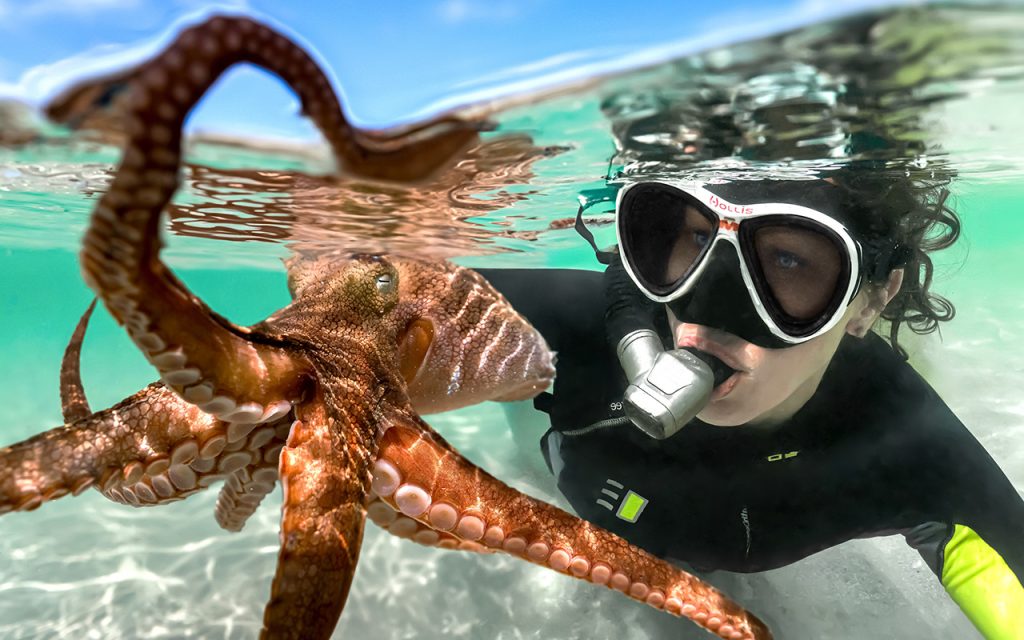
Meet the ink-credible locals
The Mornington Peninsula is home to all sorts of colourful and fascinating residents. But there’s a particular group that few have seen or know about. It’s a secret group that boasts weird and wonderful body designs that defy nature. Arms that taste, tongues with teeth and bodies with no bones. Simply head to your local beach, rock platform, pier and even underwater to explore the magical world of octopuses.
These ocean oddities are unlike anything in the animal kingdom. With three hearts, blue blood and the ability to move around using jet power they need to be seen to be believed. But here’s a tip; they’re masters of hide ‘n seek. So you need a keen eye to find these marine magicians who can change the texture of their skin, shape shift and change colour quicker than you can blink. They’re full of surprises including the ability to shoot ink out their rear ends to escape trouble!
Dive in to find out more.
Where to Find These Ink-credible Locals
Octopuses are the ultimate underwater escape artists, they can camouflage into their surroundings and their boneless bodies allow them to squeeze into impossibly small spaces. If you want to spot one, head to your local rockpool or grab a mask and snorkel and look around the local piers. If you’re feeling adventurous, take an underwater torch and explore the shallows at night. Look for telltale signs like scattered shells (a sign of their dinner) or cleverly camouflaged arms.
Tips for what to do (and NOT do!) when you see an octopus:
• DO watch from a distance. They’re shy but fascinating!
• DO respect their homes. Don’t poke around or disturb their habitat.
• DON’T pick up a blue-ringed octopus. They’re venomous and they don’t want to be your friend!
Dive Deeper into the World of Octopuses
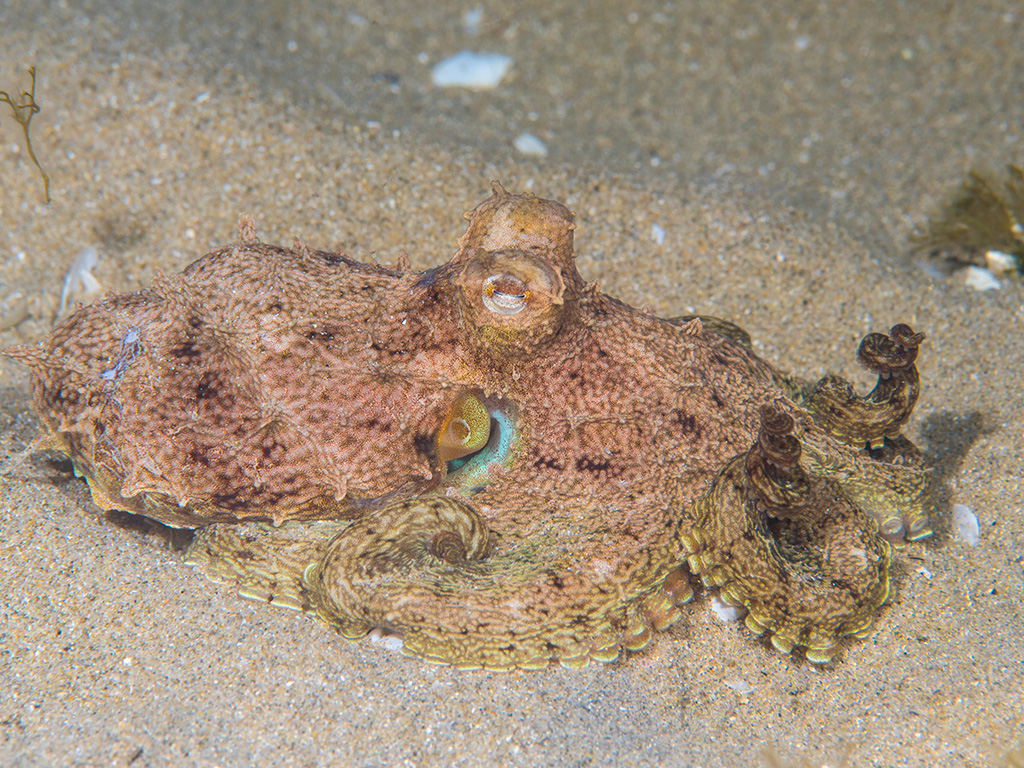
Southern Keeled Octopus
Getting salty
This nocturnal ninja measures the size of a ruler and is known for curling its arms to mimic seaweed. It also likes living in super-salty environments that others can’t handle. That means less competition when you’re looking for places to live and plenty more food to go around. It’s a great strategy, especially if you don’t like sharing. It’s nickname is a nautical nod to the raised skin or ‘keel’ around the edge of its body.
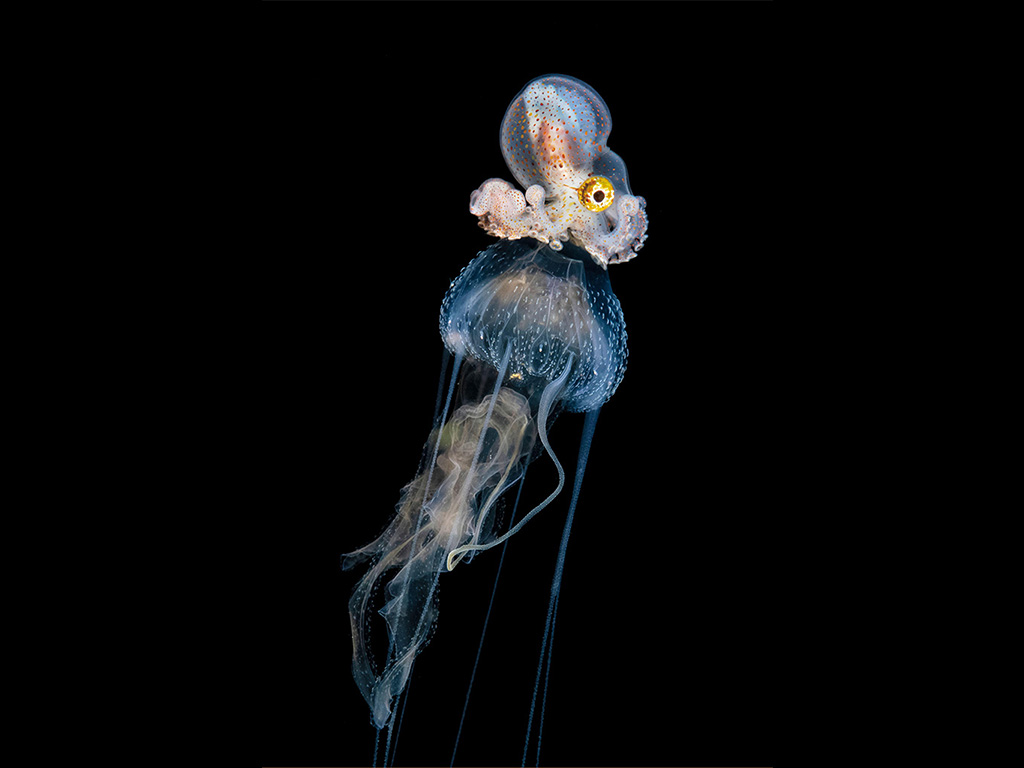
Southern Argonaut
An octopus in disguise
Although they may not look like it, argonauts are a species of octopus. Females make beautiful paper-thin shells using two special arms. It’s not your traditional shell, it’s better. It’s one part house, one part nursery and one part hot-air balloon. It’s a clever piece of underwater architecture that keeps her afloat, saves her energy and protects her and her babies. These shells can sometimes be found washed up on the beach.
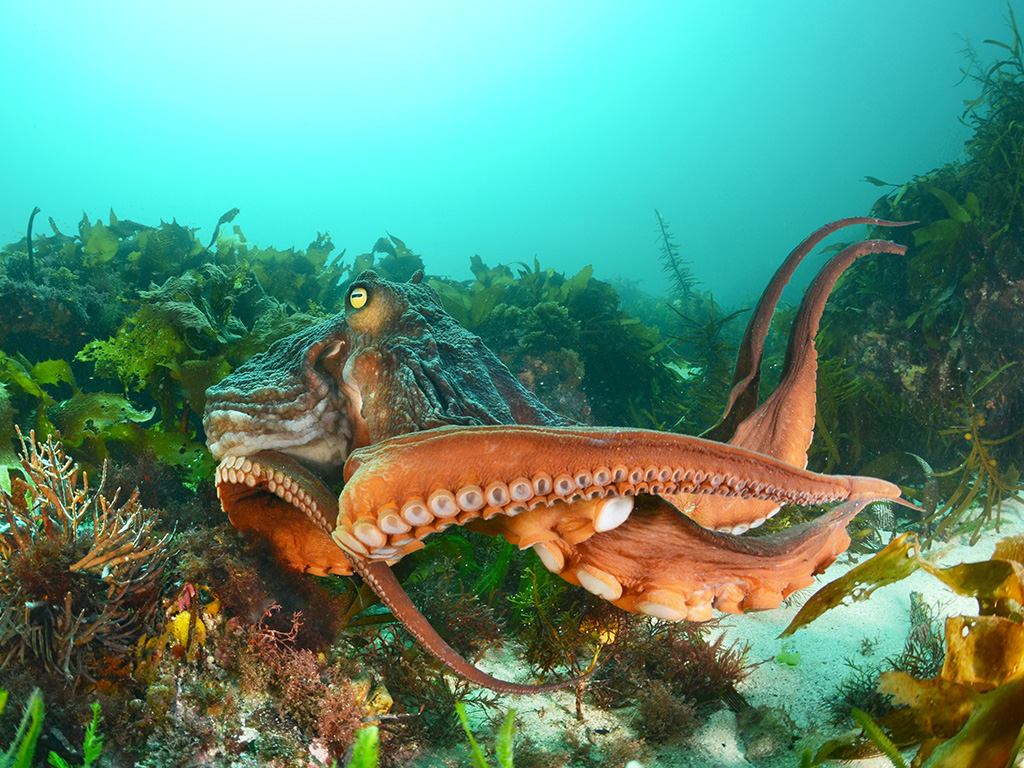
Maori Octopus
Heavyweight champion
This giant octopus grows up to 3m across from arm-tip to arm tip and weighs over 10kg, making it the largest octopus not only locally but in Australian waters. It has a massive appetite and loves all sorts of seafood. If they see food they want to eat it, including each other. Mothers have even been known to eat their own eggs. Before you freak out, don’t worry, she’s only eating sick eggs to protect the rest of her babies.
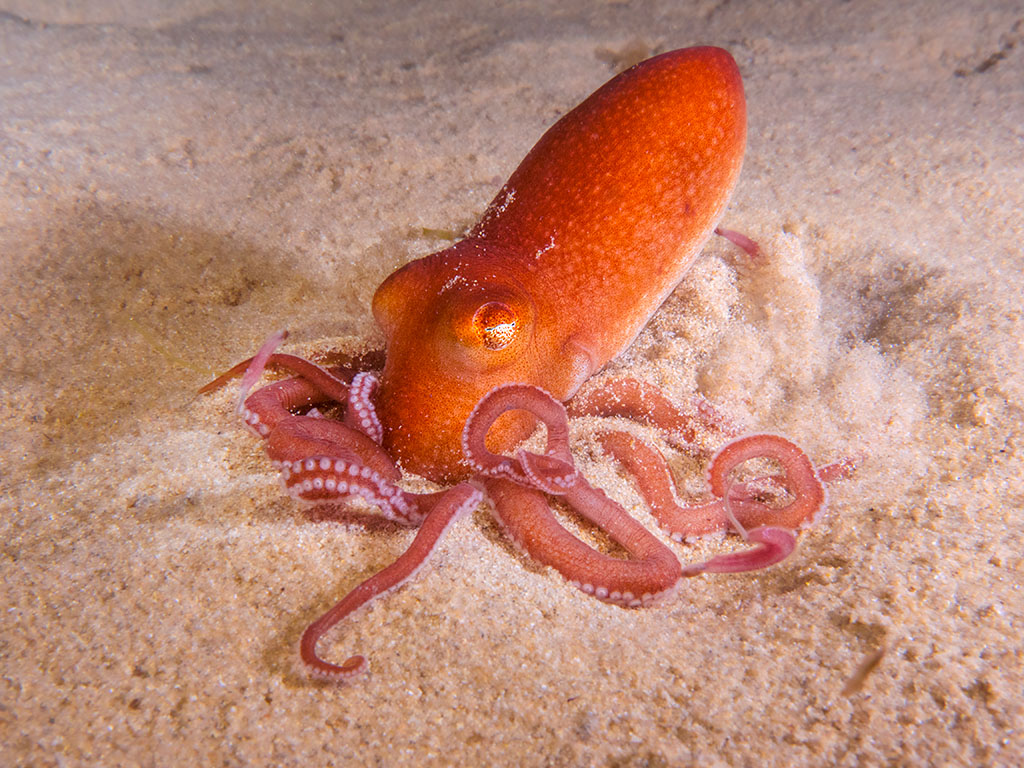
Southern Sand Octopus
Bury your head in the sand
This orange long-armed octopus doesn’t have the ability to change a range of colours like most other octopuses. So when it needs to make a quick escape it blasts sand out from the seafloor to build an underground hideout. Two arms poke out of the sand like snorkels so they can breathe and mucus binds the sand grains together to reinforce the walls.
This makes the hide-out as strong and gross as possible. It was the first known species of octopus to dig burrows.

Pale Octopus
What a load of rubbish
Not all heroes wear capes, but if these guys did it would be made from a plastic bag. They reuse our litter, even old bottles and cans, which are excellent hiding places and homes. Not only that, but scientists can use them to measure pollution levels in our oceans. These octopuses aren’t the lone ranger when it comes to loving trash. There are over 24 different species of octopus which use our rubbish.
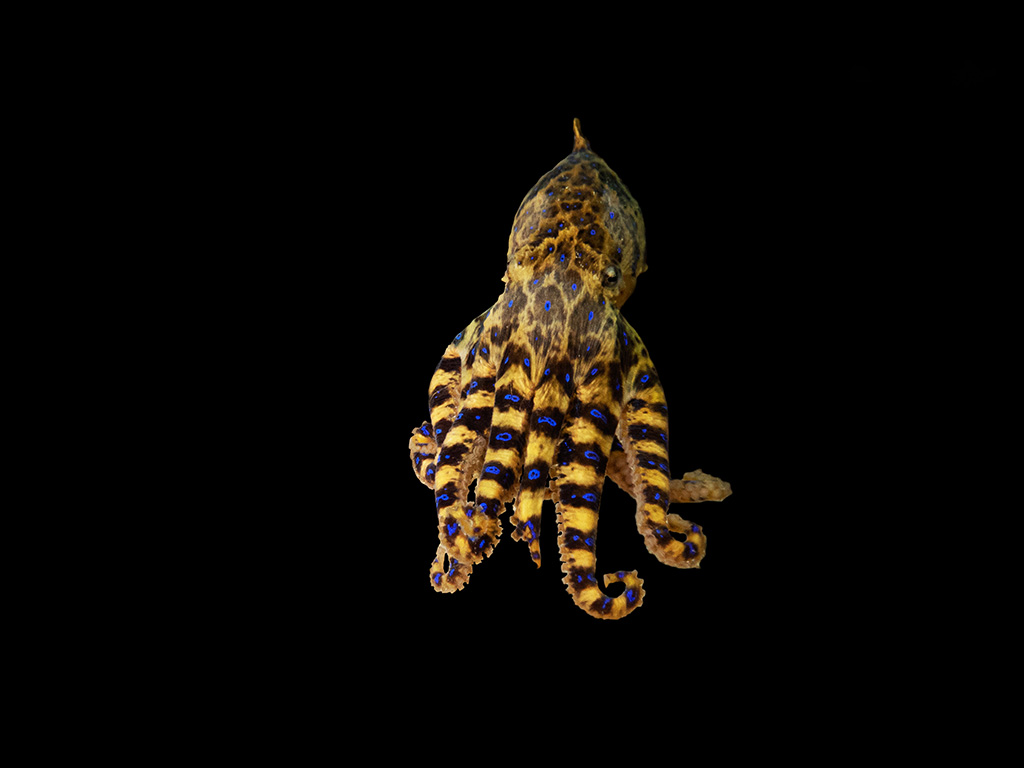
Southern Blue-ringed Octopus
Lord of the rings
This golf ball-sized octopus is considered one of the deadliest in the world, and its scariest weapon is venomous saliva which it injects into its prey. Electric blue rings flash as a warning. Look but don’t touch. But don’t worry—it’s not interested in you, unless you’re a tasty crab.The venom is also found in its tissues, gills and organs, so they’re poisonous AND venomous.
The young are venomous as soon as
they hatch from their egg
Check out my new book, Octopuses – Underwater Wonders.
It’s packed with even more octopus facts, fun stories, and amazing photos from weird and wonderful octopus species from around the world.

